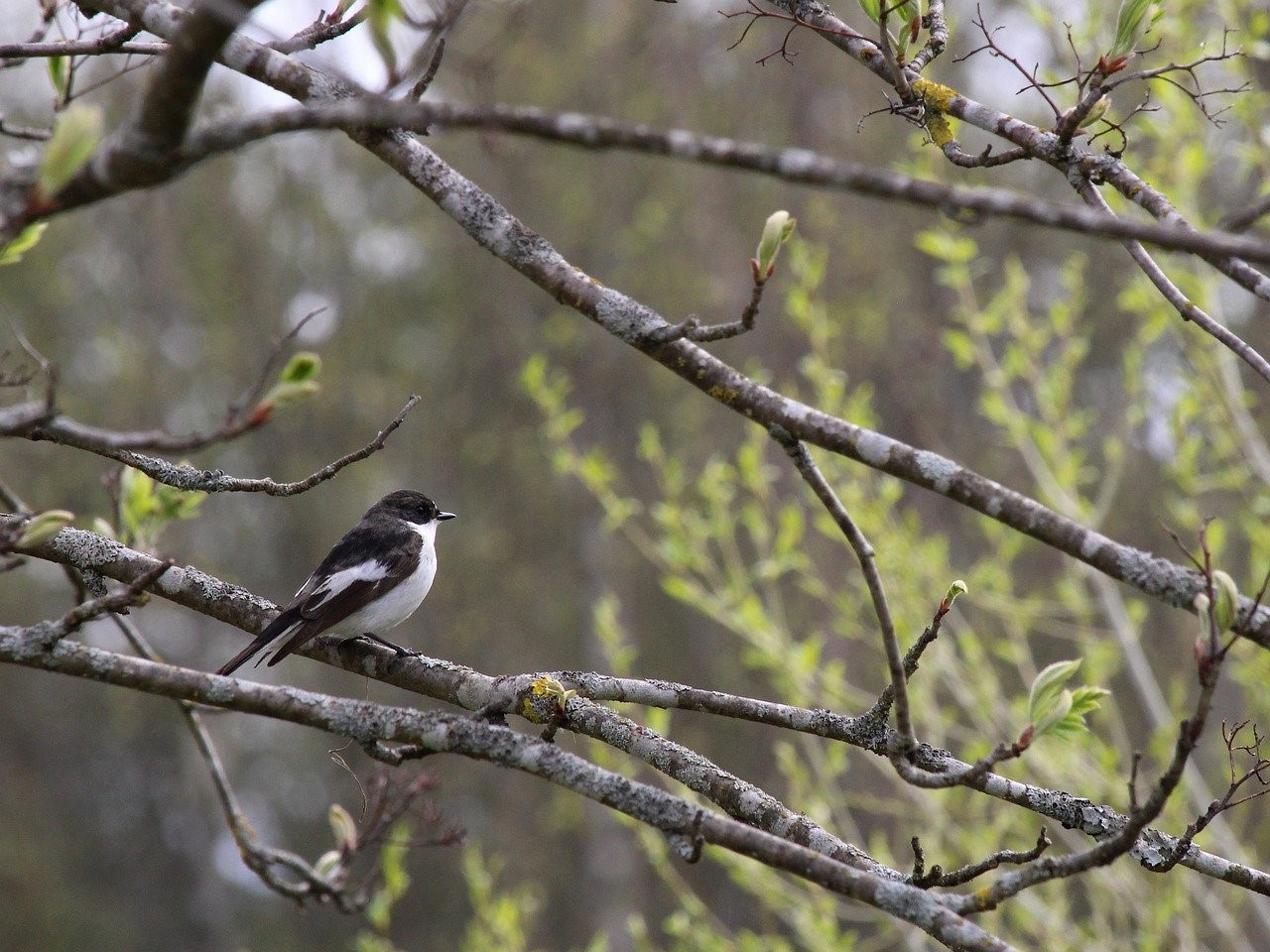Variation and significance of egg mass in a Pied Flycatcher Ficedula hypoleuca population in subalpine habitats in Swedish Lapland
DOI:
https://doi.org/10.34080/os.v25.22536Keywords:
breeding, fledging success, hatching success, breeding success, environmental effectsAbstract
Newly laid eggs of Pied Flycatchers Ficedula hypoleuca breeding in subalpine birch forest in Swedish Lapland were weighed in the field in 1965–1976. The main objective of the study was to get knowledge of the egg production capacity and its relation to the environmental conditions in the northern periphery of the breeding range of the species. The eggs were on average smaller than what is known from other Pied Flycatcher populations. Egg mass was non-linearly related to ambient temperature, and smallest at temperatures <10°C. About 70% of the eggs were laid at those temperatures. Variation in temperatures during the egg formation contributed to a significant egg mass variation between years. Average egg mass was lowest in the biggest clutches (7 or 8 eggs). Egg mass did not vary significantly within clutches, was not significantly related to the female mass, and did not vary between years in the same female. Hatching and fledging success were non-significantly related to the mean egg masses, indicating that egg sizes were not decisive for the breeding output.
Downloads

Downloads
Published
How to Cite
Issue
Section
License
The copyright of each contribution belongs to the author(s), but all contributions are published under a Creative Commons license, so that anyone is free to share and reuse the contribution as long as the copyright holder is attributed.







